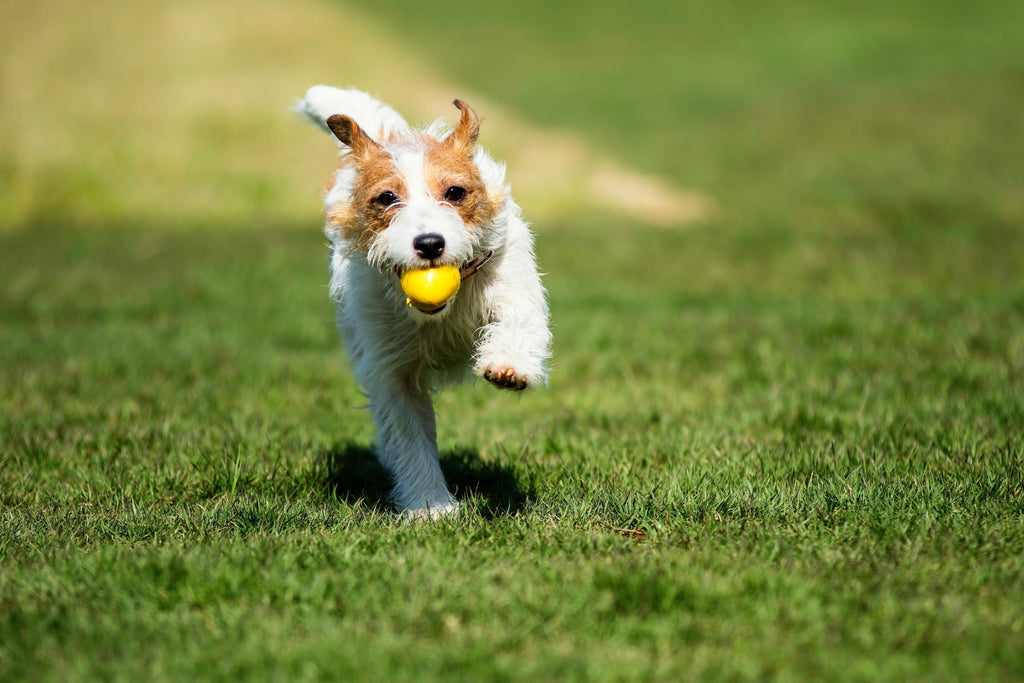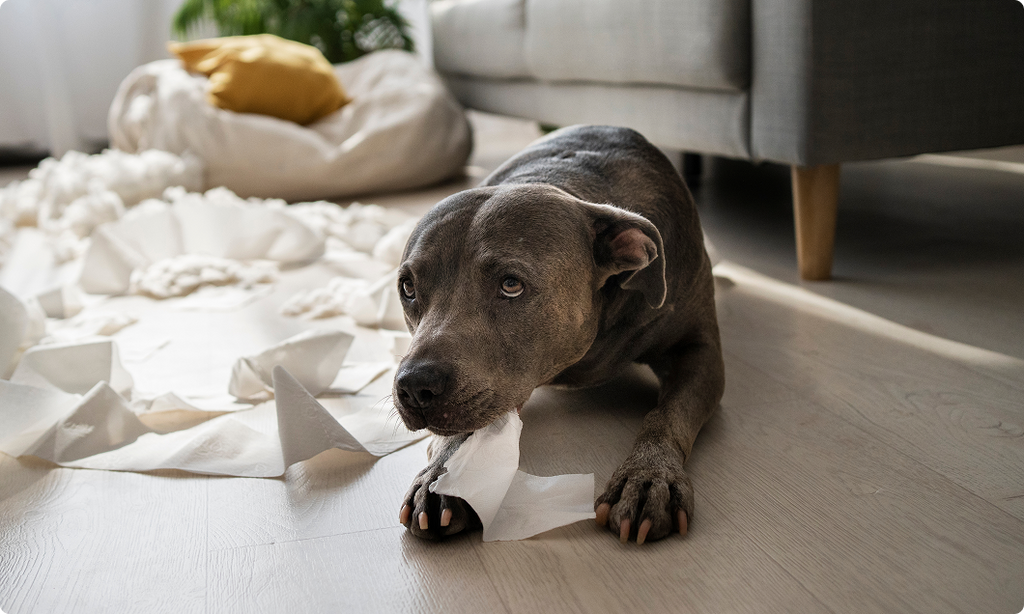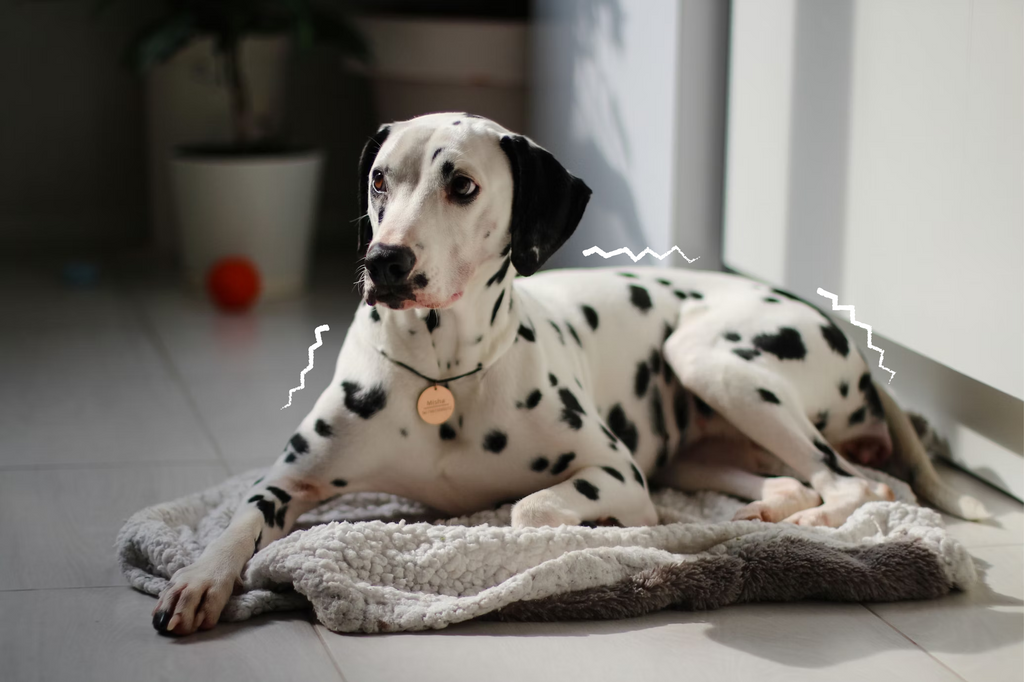Is Wet Dog Food Good for Dogs?

If you want the best life for your forever friend, you will want to make sure that they get the healthiest wet dog food because their diet does a lot to determine their length and quality of life. Many people look at dog kibble and wet food when trying to decide which is best. Well, that is a tough decision because each has advantages and disadvantages.
However, if you’re wondering, “Can I feed my dog just wet food?” The answer is yes. The most important thing though is to look at the ingredients and check the reputation of the manufacturer. Oh, and figuring out which your dog prefers. Whether wet or dry, less processing and fewer preservatives are better for your dog.
How good is wet dog food?
Most dogs love wet food, but it can sure be a mess at times. Opening the can, refrigerating any unused portion, disposing of the empty can will be a bit of a smelly mess, but wet food tends to be lower in carbohydrates, and because they have a higher moisture content, they help dogs hydrate. Wet food is generally tastier, so it will be a better choice for finicky eaters.
Tastes great and less poop
Wet food is easier on the teeth of puppies, older dogs and dogs with dental issues. It is higher in proteins and fats and is more like what dogs have eaten historically. For dogs with weight issues, wet food can make them feel fuller, faster, so they eat less. And an unexpected benefit will be those doggy droppings–it is easier to digest so their poos are smaller and easier to clean up.
Great home for germs
On the downside, wet food usually costs more than kibble. It is messier, smellier, and won’t last long after the can is open. You should wash their food dish after every meal because the food dish is a haven for germs, and you don’t want your dog or other family members getting a stomach bug from germs breeding in a dirty bowl.
What about kibble?

Kibble isn’t bad for your dog, but like wet food, you need to look at the ingredients and the manufacturer.
Love the crunch
Dogs love to chew, and kibble gives them something good to chew. Dry kibble is better for their dental health because it helps remove plaque and tartar along with strengthening their gums. It is easier to store and more convenient, especially if you are travelling. Kibble has less fat than most wet foods and is generally less expensive. It has a long shelf life, but you should be aware that kibble can go bad if stored too long or in unsafe conditions.
And if your dog wolfs down its food and you have a slow-feed bowl, your kibble will work perfectly unlike wet food.
Missing nutrients? Added preservatives?
While kibble contains more preservatives than wet food, quality food–wet or dry–should contain the proper nutrients for your forever friend. According to PetMD, “The right pet food should provide all nutrients in sufficient quantity and with appropriate ratios for your pet’s given life stage” [1]. So, Is wet dog food better for dogs? The answer lies in the ingredients. This means that healthy wet dog food should reflect your dog’s needs.
Try combining wet food & dry food
Can your dog have the best of both worlds? Sure! If you’ve considered mixing canned food with kibble–you’re not alone. And it turns out there are a lot of benefits of doing so.
Best of both worlds
You can feed your dog just wet food or just dry food, but many people have discovered that they get the best results combining the two. Both can be healthy, and most dogs will happily eat both, so you may want to consider this option.
Additionally, many people ask, “is wet dog food good for dogs teeth?” and the answer is that kibble is better for a dog’s dental health. This is because kibble scrubs the surface of teeth better and cleans along the gumline.
Mixing wet and dry is a great option
Provided your dog doesn’t have dental issues that prevent them from eating kibble, mixing the two can work well. First, make sure you know how much your dog needs so that you aren’t over or underfeeding them.
“The best way to do this is to have your local vet calculate your furry friend’s daily calorie requirements for maintenance. Then you can calculate how much dry and wet food your dog should have each day to reach that number of calories—and don’t forget to factor in any calories from treats.” [2]
Mixing the two will save you a little money, plus finicky dogs are more likely to eat kibble mixed with wet food than they are just kibble. This will also help their dental health and satisfy some of their urge to chew.
Start with the label

Before you place any food in your shopping cart–online or at the store–read the label carefully. It won’t be easy and you will run into terms that you don’t understand, but if you want the best diet for your dog, this is something that you need to do.
Things to look for on the label:
- Product name and brand name
- Descriptors–Things like: Senior dogs, low-calorie, high protein, etc.
- Quantity statement–How much product is in the container
- Guaranteed analysis–The amount of certain specific nutrients in the product
- Ingredient statement–All ingredients must be listed in descending order of predominance by weight
- Calories–How many calories per recommended serving
- Nutritional adequacy statement–What type of pet and what stage of life the product is suited for
- Feeding directions–Required for most pet food products that claim to be complete and balanced
-
Name and address of the guarantor–Usually the manufacturer or distributor [3].
There are some things that companies cannot put on their label:
- Use of the word “proven” is prohibited in the absence of scientific or empirical evidence.
- Any statement making a false or misleading comparison to another product is prohibited.
- A personal or commercial endorsement of a product is prohibited if it is false or misleading.
- A new or improved designation is limited to six months of production. It’s not new forever.
-
A statement of a comparative characteristic or preference must be substantiated, and is limited to one year of production; after which time the claim must be removed or re-substantiated. In other words, if the label states “tastes better than product x,” then the company making the claim must reevaluate it each year. [2]
Check the rep’
Check the reputation of the company that makes the food. You can search the internet and see if there have been any claims against that company. You also want to pick a brand that is made in a country that regulates the way pet food is manufactured and checks the quality and safety of the ingredients.
Wet, dry, or raw: your dog can have it all…

You want food that your dog likes and will provide them with the right nutrients for their stage in life. At Petzyo our Kibble that Counts and Raw Royalty are both made to exacting standards with ingredients that are good for your dog and the planet. We make both in small batches so that they are fresh when they arrive on your doorstep. So order Kibble that Counts or Raw Royalty or both, if you think that is what your dog wants, today and your forever friend will be enjoying it soon!
References:
[1] Dry vs. Wet Dog Food, or Both? | PetMD
[2] Reading Labels (aafco.org)
[3] Ingredients in Dog Food and Cat Food: Complete Guide | PetMD




